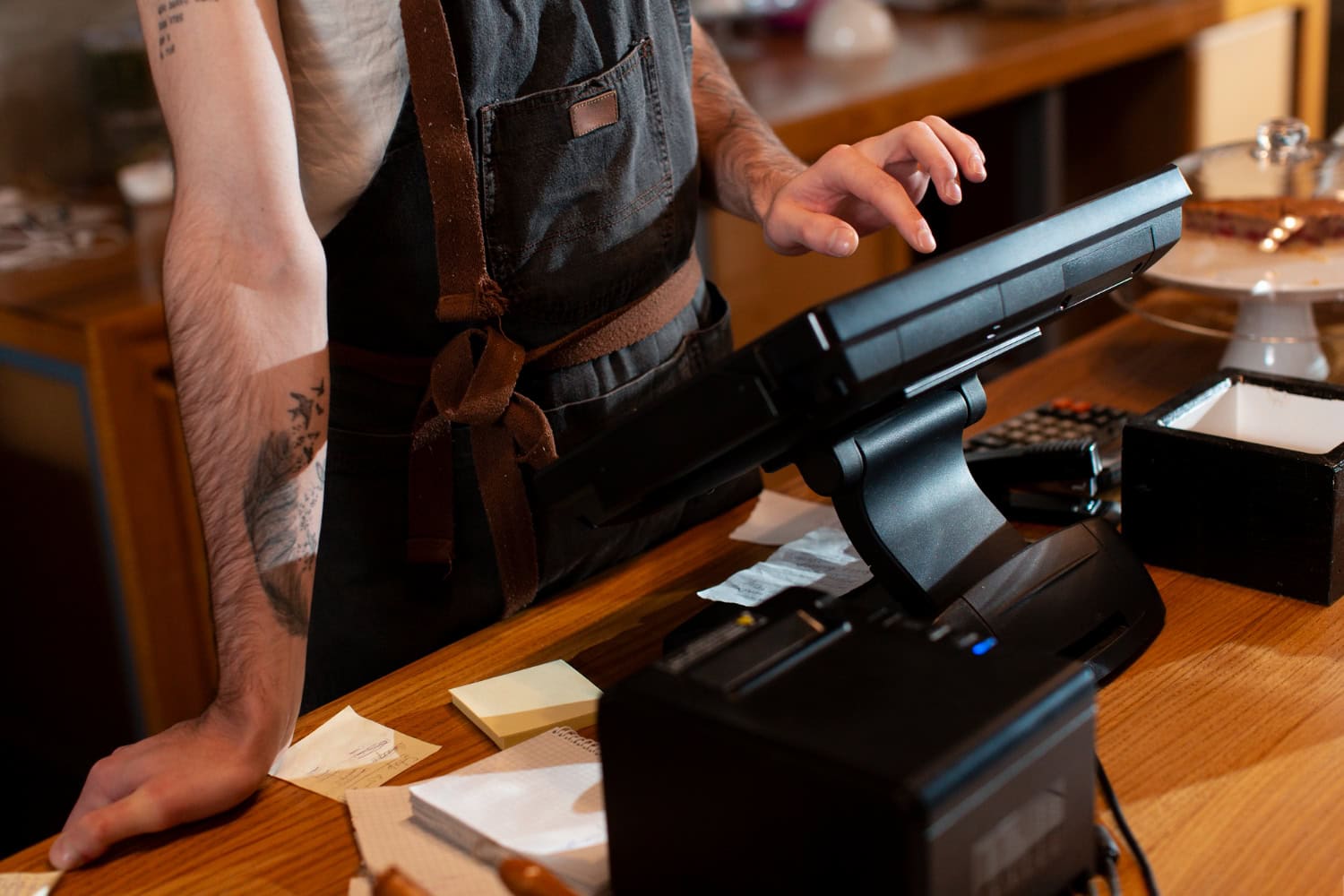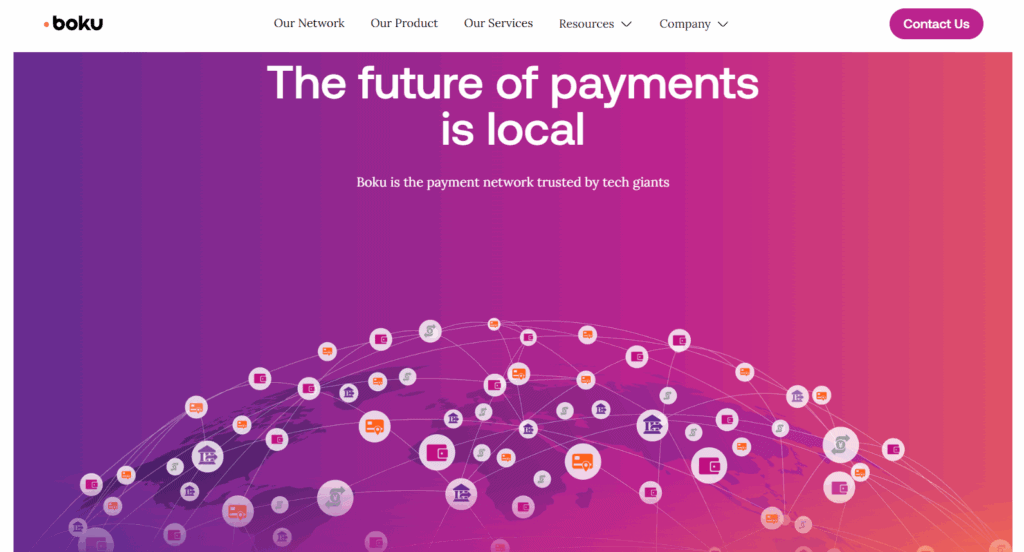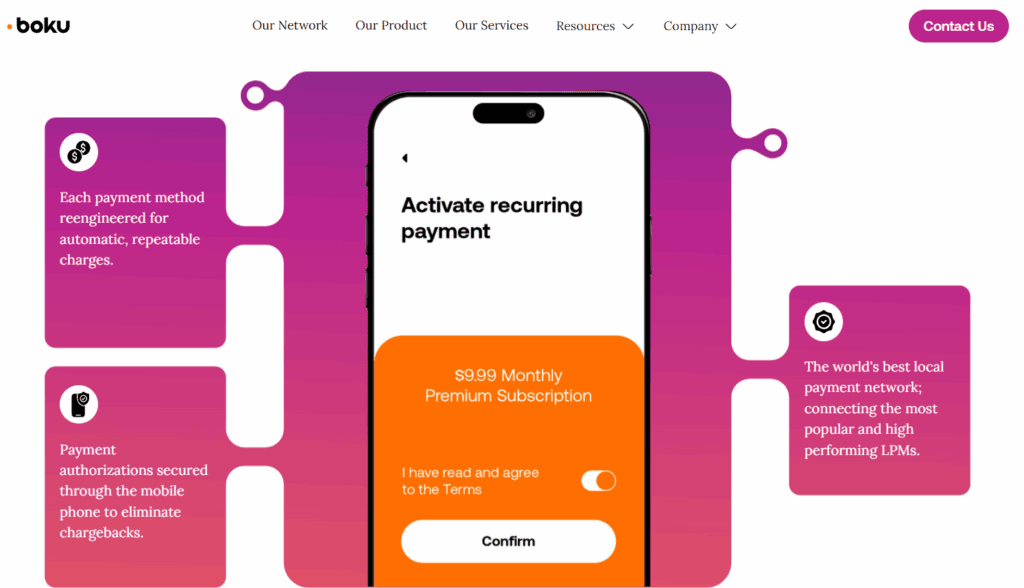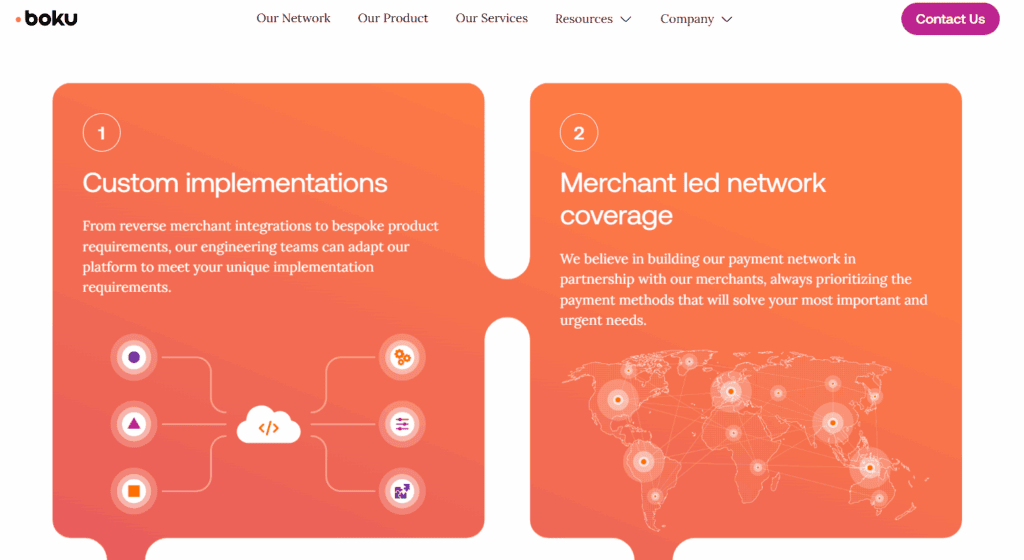Boku Review

In today’s mobile-first economy, the way people make payments has shifted significantly from traditional methods. Boku is a key player in this evolution, offering a solution that allows consumers to pay for goods and services by charging purchases directly to their mobile phone bill or using their prepaid balance. Launched in 2009 and headquartered in San Francisco, Boku has established itself as a global presence by partnering with mobile network operators (MNOs) to broaden access to digital payments, especially in areas where banking infrastructure is limited. Lets read more about Boku Review.
Boku’s approach addresses the financial gap for individuals without access to credit cards or bank accounts. It has gained significant traction in sectors like gaming, app stores, and subscription services, where ease and immediacy are critical. With its “pay by mobile” method, Boku simplifies transactions, requiring only a mobile number and user approval through a prompt, effectively removing the need for card-based payments.
The company has expanded through strategic acquisitions, including its 2020 purchase of Fortumo, another mobile payments firm. This move boosted its footprint and added new capabilities. Boku also supports mobile wallets, making it part of a broader mobile payments ecosystem.
Still, Boku isn’t a one-size-fits-all solution. It thrives in microtransaction-heavy environments but comes with considerations like transaction fees, technical integrations, and regional support—factors that businesses should examine in more detail.
How Boku Works | Boku Review
Boku’s technology is designed to streamline the checkout experience by enabling users to complete purchases through their mobile phone number. Instead of entering card or bank information, users approve a transaction via an SMS, app prompt, or similar telecom-supported method. The cost is then applied to their mobile bill or deducted from their prepaid balance.
When a customer selects “Pay by Mobile” at checkout, Boku determines the user’s mobile carrier and facilitates the transaction through its backend systems. The authentication may involve a one-click approval, PIN, or OTP depending on the user’s location and carrier settings. Once verified, the transaction is processed instantly, which makes it particularly effective for mobile-centric and digital transactions.
Behind the scenes, it functions as a mediator between merchants and telecom carriers. It aggregates partnerships with multiple mobile networks, removing the burden on merchants to manage individual contracts. This infrastructure allows for easier scaling across markets.
For merchants, this reduces friction and can lead to better conversion rates in regions with low card usage. For users, it’s a fast and easy way to pay without banking credentials.
However, there are limits to what Boku can handle. Transaction sizes are often capped based on carrier rules, making it less suitable for high-value purchases. Refunds and chargebacks can also be more complex due to telecom-based routing, rather than standard financial systems.
Global Coverage and Market Reach
A significant strength of Boku lies in its global presence. The platform is available in more than 90 countries and has partnered with over 200 mobile network operators. This global footprint positions Boku as an appealing option for digital businesses aiming to reach underserved but mobile-savvy populations.
Boku’s model is especially impactful in regions like Asia, Africa, Latin America, and parts of Eastern Europe—areas where large numbers of people are unbanked but heavily rely on mobile technology. The ability to transact digitally via mobile billing opens the door to global commerce for these consumers.
The company has broadened its services beyond direct carrier billing to include integration with mobile wallets. In markets where wallets like GCash (Philippines), GoPay (Indonesia), or M-Pesa (Africa) are widely adopted, Boku’s compatibility enables merchants to reach even more users through familiar local payment tools.
For global businesses, this network simplifies market entry. Instead of building custom payment solutions for each country, merchants can use Boku to tap into a consolidated framework.
Nonetheless, the service’s effectiveness can vary by region. Not all mobile carriers support the same capabilities, and features may not be fully operational in every market. Merchants should conduct region-specific evaluations before committing to Boku for their international payment needs.
Key Features and Technology
While Boku started with a focus on direct carrier billing, its technology and features have expanded to serve a wider range of applications. The platform now supports diverse industries with tools designed to improve user experience, security, and business performance.
Direct Carrier Billing (DCB) remains Boku’s core offering. It enables consumers to pay by charging purchases to their mobile phone account, making it especially useful for digital content such as games, media, and mobile applications.
Boku has also embraced mobile wallet support. By connecting with popular wallets in different regions, it lets users pay with stored value instead of relying on telecom billing. This flexibility increases the platform’s relevance in countries where wallets are more widely adopted than traditional banking.
Another notable feature is identity verification. Using telecom data, Boku helps merchants confirm user identities to meet regulatory standards and mitigate fraud. This function is particularly valuable for sectors like online gambling, finance, and adult content.
Recurring payments are also supported. It enables subscription billing through carrier networks and wallets, allowing businesses to maintain continuous service access for users without needing card credentials.
From a technology standpoint, Boku offers low-latency APIs, solid documentation, and integration with common commerce platforms. Still, because telecom providers play a key role in the process, some functionality may be inconsistent across carriers or regions.
Integration and Developer Support
Ease of integration is a crucial factor when choosing a payment platform. Boku has invested in developer tools and support systems to help businesses onboard and maintain the service with minimal friction.
The platform provides detailed API documentation and SDKs tailored to various integration needs. These tools cover everything from user authentication to transaction management, making it suitable for both startups and large enterprises.
Boku also supports integration across a range of environments—including mobile apps, desktop sites, and even connected devices. Ready-made modules and partnerships with e-commerce platforms reduce the burden of implementation for merchants.
To manage operations, it offers a merchant dashboard that includes transaction histories, analytics, reconciliation tools, and customer data insights. This allows businesses to monitor and optimize their payment flows in real time.
Still, technical complexity can vary based on the mobile operators involved. Some may require additional configuration or have higher latency, which can affect performance. Boku provides support services, but troubleshooting may be delayed when telecom cooperation is necessary.
Overall, Boku’s integration process is well-supported, but businesses should allow ample time for testing—especially if they are targeting multiple countries with different telecom infrastructures.
Security and Compliance Standards
Security is paramount in payment processing, and Boku takes a multi-layered approach to protect both users and merchants. The platform complies with major global standards such as the GDPR in Europe and PSD2 for payment service providers.
Boku uses mobile number-based authentication methods, including PINs, SMS codes, and telecom identity checks. These layers help verify the user’s identity and reduce unauthorized transactions, particularly in regions where fraud risk is high.
The platform also incorporates real-time fraud detection and risk scoring tools. These systems run in the background and aim to identify suspicious activity without interrupting the user experience.
Another key security benefit is that Boku does not share user billing credentials with merchants. This reduces the chances of data breaches on the merchant side, as sensitive data remains within the telecom’s infrastructure.
Nonetheless, mobile billing systems are not invulnerable. Some users have experienced unintended charges due to unclear subscription terms or deceptive third-party offers. To address this, Boku has adopted stricter opt-in flows and abides by mobile carrier standards to ensure transparency.
While no system is foolproof, it maintains a high bar for security and compliance, making it a viable option for businesses that prioritize data protection and regulatory adherence.
Boku Pricing and Transaction Fees
Pricing is often one of the more nuanced elements of Boku’s offering. The company does not list fixed rates publicly, as fees vary depending on market conditions, carrier agreements, and transaction volumes.
Typically, merchants pay a percentage of each transaction. This cut can range from around 5% to over 15%, which is noticeably higher than standard credit card processors. These higher fees reflect the cost-sharing model with telecom providers, who take a significant share for facilitating billing.
Additional costs may include setup fees, monthly platform usage charges, and premium services like mobile wallet integration or fraud prevention tools. These are often customized for enterprise clients based on their usage needs and geographical footprint.
While the fees may seem high, they reflect the value of access—particularly in underserved or hard-to-reach markets where other payment options are limited. For businesses focused on digital goods or recurring billing, the higher cost may be justified by broader reach and conversion potential.
However, for businesses with tight margins or high refund rates, Boku’s fee structure could pose challenges. It’s important to run financial simulations and assess average transaction values before committing to the platform long-term.
User and Merchant Experience
Boku offers a simple and efficient payment experience, especially for users who prefer not to use cards or apps. The process typically requires only a mobile number and confirmation prompt, eliminating the need for sign-ups, app downloads, or manual input.
This ease of use can lead to higher conversions, especially on mobile devices where user attention spans are short. Digital merchants, particularly in gaming and streaming, often see increased transaction success due to the reduced checkout friction.
On the merchant side, the experience is largely positive. Boku’s dashboard provides useful insights, reconciliation tools, and integration options that simplify payment management. Once the system is live, most operational aspects are automated.
However, some pain points remain. Refund processing and dispute resolution can be slower than with credit card payments due to telecom involvement. Additionally, customer support for technical issues may require follow-ups if carrier cooperation is needed.
Some users have reported confusion over charges, often due to auto-subscription features. Boku has tightened opt-in processes to mitigate this, but merchants must remain vigilant in communicating pricing and terms clearly.
In short, it offers a strong user experience and merchant interface, with a few areas that require close monitoring.
Boku vs. Other Mobile Payment Platforms
Boku competes with various mobile payment providers, including legacy carrier billing platforms and newer digital wallet services. What sets Boku apart is its scale and dual support for both carrier billing and mobile wallets.
Before acquiring Fortumo, Boku and Fortumo were direct competitors. Post-acquisition, it gained a larger network of carrier connections and more experience in wallet integrations, further reinforcing its position.
Other competitors like Centili offer similar services but don’t yet match Boku’s reach or diversity in supported regions. Meanwhile, platforms like PayPal, Apple Pay, and Google Pay serve banked users and typically don’t provide access to the unbanked.
Compared to these platforms, it offers simpler onboarding for end-users in mobile-first environments. However, it lacks the advanced analytics, instant refunds, and multi-feature dashboards offered by card-based or wallet-first systems.
The choice between Boku and alternatives depends heavily on your business model. If your goal is to capture transactions from mobile users in emerging markets, it provides an edge. If you’re looking for extensive features and analytics, a different platform might be more suitable.
Final Verdict: Is Boku the Right Choice for You?
Boku is a focused and effective mobile payments provider that excels in reaching underserved audiences. Its strength lies in simplicity, broad carrier support, and growing mobile wallet compatibility, making it a solid choice for businesses targeting mobile-first consumers.
It’s especially well-suited for companies in digital media, gaming, app subscriptions, and other fast-moving verticals where seamless transactions matter more than detailed analytics or margin efficiency.
That said, Boku is not ideal for all types of businesses. High transaction fees, telecom dependencies, and limited feature richness in some areas can be drawbacks—particularly for businesses with thin margins or complex refund needs.
If your business thrives on accessibility, rapid scaling, and appealing to users outside the traditional banking ecosystem, it may be the right fit. Just be prepared for some operational adjustments and plan for region-specific performance differences.
In summary, Boku delivers well on its core promise: enabling fast, frictionless payments through mobile networks. For the right use case, its benefits can far outweigh its limitations.
FAQs
Q1. Is Boku safe for online payments?
Yes, Boku adheres to major security regulations like GDPR and PSD2. It uses carrier-level authentication and does not share sensitive billing data with merchants, making it a secure digital payment method.
Q2. Can Boku handle recurring billing?
Yes, Boku supports recurring payments for both direct carrier billing and mobile wallets. This makes it suitable for subscription-based businesses like digital content, streaming services, and memberships.
Q3. How can a business start accepting payments through Boku?
Businesses can initiate contact via the official Boku website to request onboarding. It provides technical documentation, API access, and guidance, though telecom approval may be required based on the region.








